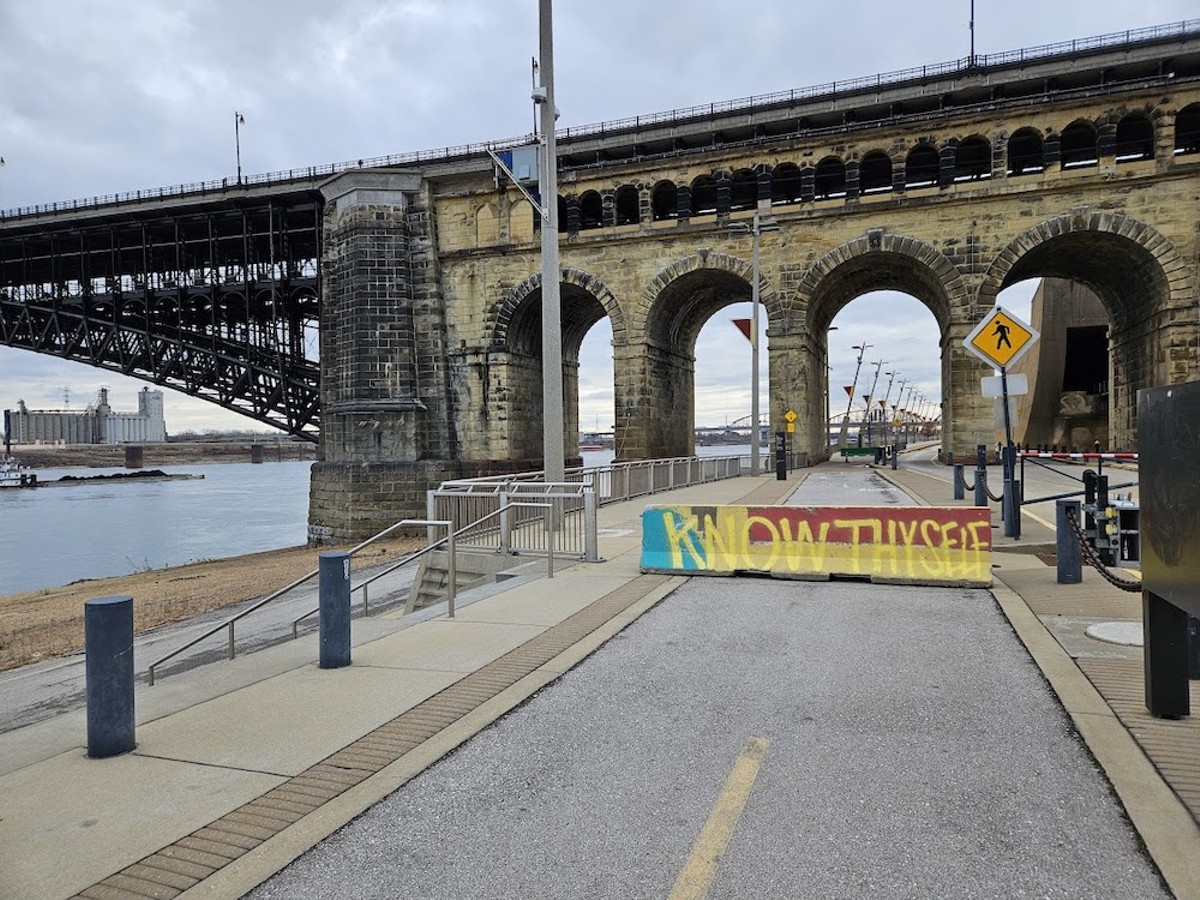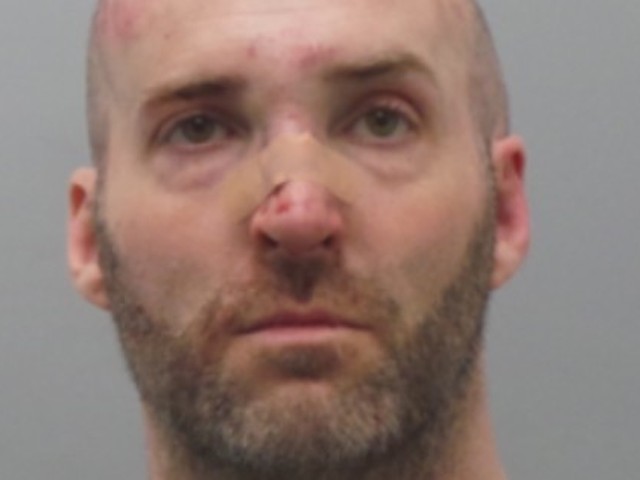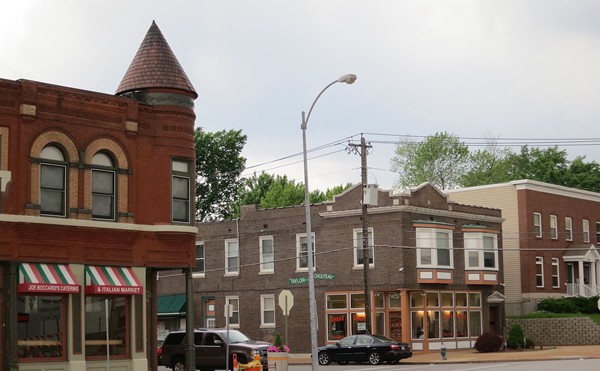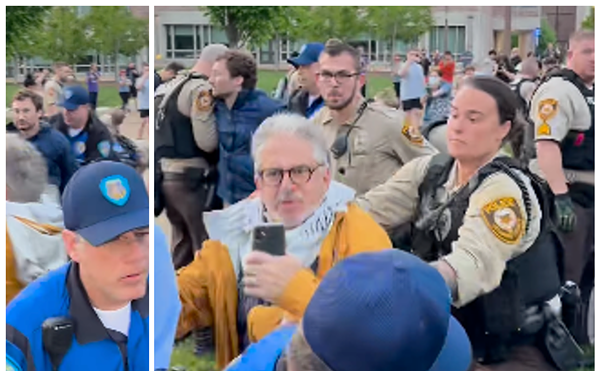When gaining confidence on a bicycle, a useful game to play is something called the lava box. Participating cyclists line themselves up in a one-way-facing circle, inside the bounds of a cone-outlined square of pavement. Once an instructor says ready-set-go, the riders all pedal the perimeter together, staying within the square. They’re forbidden from setting a foot down or veering outside the tight boundaries — because, of course, everything is lava.
Once you so much as touch the lava, it’s game over for you. As consolation for your elimination, you join a growing crew of folks moving the cones into a smaller and smaller square for remaining players to pedal within. The game becomes harder and harder as the number of competitors and the rideable area eventually shrink into nothingness.
As a low-stakes game, the lava box is a pretty fun time. Everyone ultimately emerges unscathed from pretend lava. But over the last few years, in my own mind, the lava box has morphed into an unhappy metaphor of sorts — an image of what it’s like to get around outside of a car in St. Louis.
This lava box is instead a terrifying real-life scenario, with a rapidly shrinking menu of options for getting from point A to point B without falling victim to the lava of traffic violence.
With every year that passes, I find myself eliminating more routes from my mental list of streets that seem reasonably safe to traverse outside of an automobile in this town. Whether you’re simply trying to go about your life on foot, on bike or in a wheelchair, the lava box is getting smaller by the day.
I used to ride the Grand bike lane (the lane in which Danyell McMiller lost his life in 2022) — no more. When Downtown, I would cautiously but confidently ride Washington Avenue near the convention center (near where volleyball player Janae Edmondson lost both of her legs last February). Never again. For years I depended on Broadway’s bike lane. But after drivers started using both the bike lane and the center lane as passing racetracks (drivers seemed to collectively lose their minds in the early pandemic, and have yet to find them), I crossed Broadway off my list.
Chouteau is getting worse, too, but I’m loathe to eliminate that key connection just yet, as I do need to get places.
And while I’ve learned to use side streets as much as possible (even though it often adds a couple miles to a given commute), and though I feel less and less shame about retreating to sidewalks where needed (a strategy which, by the way, creates other problems and is still no guarantee, especially as citizens and police alike here are running straight up into buildings), driver behavior on what are designed to be narrow, quiet residential streets is often just as bad.
Any sort of relatively safe, real-life lava box seems to be disappearing almost entirely.
Far too many drivers fly down the very skinny south city street where I live (a child was injured by a driver right outside my apartment just a few months ago). The street at the end of my block is an even skinnier one-way passage, but more and more drivers carelessly zoom down it the wrong way (one recently told me through his rolled-down window, “I don’t care,” when I informed him of his error — after he nearly creamed a mom and her children on their way to school).
In the months since I urged St. Louis-area leaders to walk in our shoes for just one day, referencing multiple recent experiences of serious driver-inflicted bodily harm among people just within my own small circle of local associates, still another friend has been badly hurt: A fellow bike teacher was hit by a reckless driver who zoomed into the oncoming lane at a side-street intersection, rather than stop at a stop sign behind the slowing driver in front of him.
Adding insult to (literal) injury, in nearly every case, these selfish, reckless drivers have left the scene of the crash. They have no empathy for anyone, no sense of responsibility to fellow human beings, even to those whose lives they have just irrevocably changed, if not outright stolen. And yet St. Louis drivers are still being coddled by those in charge, still effectively allowed to act with zero consequences.
Where I can, I am riding more trails and fewer streets, because the daily anxiety for myself, my friends and colleagues, and St. Louis children — all of whom deserve to have fun riding bikes and walking and rolling around — is taking an increasing toll. So is the frequent driver harassment I encounter, simply for existing on a bike.
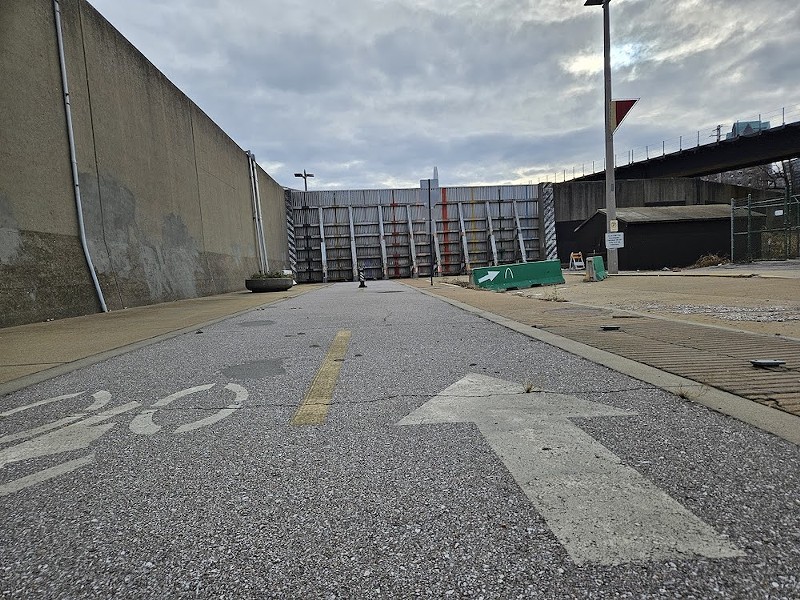
But depending on where you live and work and/or go to school in the St. Louis region, trails can be really hard to come by. I live near Carondelet Park, and work in Soulard. There is no non-street way for me to traverse those five miles or so to and from work. A bit further north, by the Gateway Arch, there’s a wonderful path for a mile or so. But it soon ends, just north of the Arch, in a now perpetually closed floodgate, which the city has stopped opening. It’s wild to me that this closure along the once-cherished Riverfront Trail has been allowed to persist for years on end, especially as it’s one of the most important non-car-focused connections between Downtown and the north side.
Perhaps this state of affairs is by design? Barriers (and glass) are everywhere. The Riverfront Trail should be a key refuge for active transportation and youth recreation. It should be the perfect connection to the prized Arch. Instead, the city has effectively cut off access for those on the north side.
This is not acceptable. It’s deeply unjust, and should be made right. Yesterday.
But will these problems be addressed? When?
Every time I ride the Arch grounds and Riverfront Trail, it’s harder to do it. Just this past week, I was met with even more gates set up to block streets that are supposed to be the detour for the perpetually blocked trail — this time gates that not only block streets but the sidewalks, too, making any kind of mobility at times literally impossible, right in what should be a vibrant center of outdoor city life.
How is it possible that we have created a riverfront where humans are not consistently free to walk, roll and bike around? How are children and families and teens supposed to enjoy fresh air and activity when we are providing fewer and fewer safe places for them to feasibly do so?
When I reach out to local officials and agencies with such questions and concerns, any responses I receive are admirably kind. (When I reached out to Great Rivers Greenway a few weeks ago about the concerning state of Riverfront Trail access, for example, my correspondent was quick to genuinely thank me for the detailed email and agreed the floodgate closure and state of the surrounding streets are not what they should be. I was assured that the agency would “continue to coordinate with the City about what’s possible, whether that be re-opening the gate, opening it just on the greenway vs the whole street, or finding a better detour.”) What’s missing isn’t acknowledgment of what’s broken, or the many layers so often involved — what’s missing is urgent action. Actual change.
We cannot wait one more day, let alone one more year, to address the unfortunate and increasingly violent fact that is St. Louis car culture. Local leaders: Please fix this crisis now. You need to crack down on bad drivers. From the Riverfront Trail to the city streets, you need to prioritize safe access to this city for people who aren’t in cars.
The time for talk and promises is long gone. It’s past time for urgent, multi-pronged, unflinching action.
Evie Hemphill is a St. Louis resident and the programs director for St. Louis BWorks, which provides free bike and computer courses that inspire children to pursue their dreams, care for the world around them and explore new possibilities through experiential learning.
Subscribe to Riverfront Times newsletters.Follow us: Apple News | Google News | NewsBreak | Reddit | Instagram | Facebook | Twitter | Or sign up for our RSS Feed

